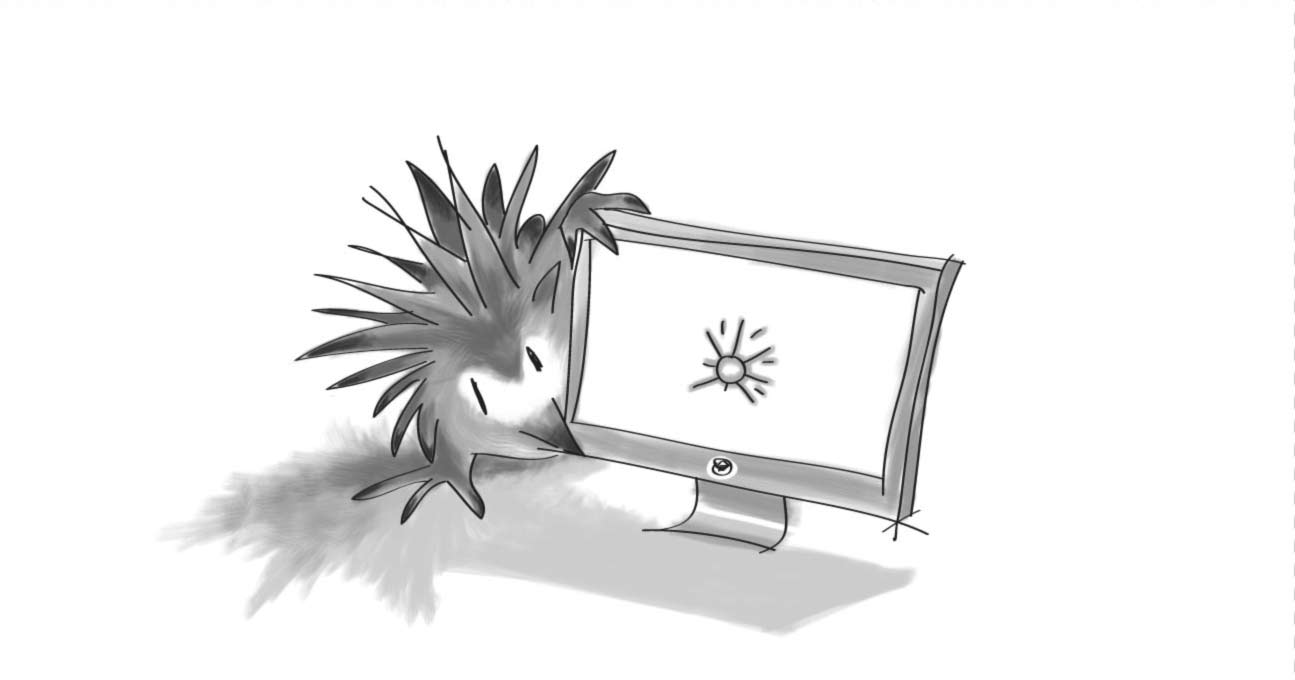Should Research and Development Be Done on Company Time?

Many companies struggle to justify the cost/time of Research and Development, especially in tough economical times. Many organizations see the value of Research and Development, but simply can't spare the manpower to actively expand new ideas.
There are 3 types of Research and Development:
- Incremental R&D - which aids in improving a particular product or process.
- Radical R&D - which aids in producing a NEW product or process.
- Fundamental R&D - does not have a specific business benefit, it is intended to produce scientific and technical information. This information might lead to developing a new line of business.
Since there are different types of R&D initiatives, it is quite easy to get the entire organization involved in different facets of the process.
At a recent staff meeting we discussed implementing Research and Development time during work hours, where people would get to work on their own projects for a period of time. Having the opportunity to work on personal interests can keep your staff motivated, interested and engaged.
Most projects are guided by client needs and it is amazing to see the unique and creative ideas that are produced in an unrestricted creative environment. Having the staff do a "Show and Tell" on their personal projects will keep your team ahead of the curve and can only benefit your company and clients in the long run!
A great example of Research and Development in the workplace is YouTube. The developers at YouTube are given "twenty percent free fiddling time" to work on personal projects. These projects are called 20% projects, and the YouTube 3D viewing feature is one of the results of this initiative.
Take some time and talk to your staff about some of things they are working on ... you will be surprised to learn that they could benefit your business! It might be worthwhile to explore these ideas during working hours, but only you can decide if it holds value for your company!
SUBSCRIBE TO OUR E-NEWSLETTER
 Subscribe
Subscribe


